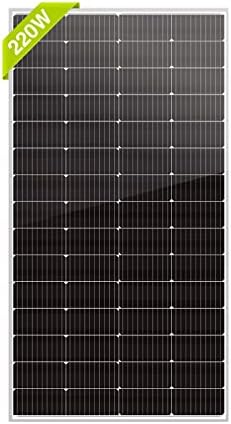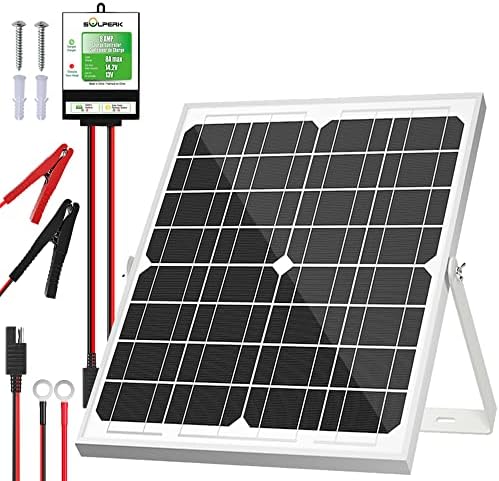I remember the first time I made the switch to solar power. It was a decision that completely transformed my way of living off the grid. The upfront costs may have seemed daunting at first, but the long-term benefits far outweighed them. Understanding the upfront and long-term costs of solar power is crucial for anyone considering making the switch. Here, I’ll break down the basics and give you some insights on how to make the transition smooth and cost-effective.
When it comes to making the switch to solar power, the upfront costs can vary depending on the size of your system and your energy needs. On average, the cost of installing a residential solar system can range from $10,000 to $30,000. While this may seem like a large sum of money, it’s important to consider the long-term savings that come with solar power. In the long run, solar power can actually save you money on your energy bills and even earn you credits for excess energy that you produce.
One of the major factors that can affect the upfront costs of solar power is the size of the system you choose to install. The size of your system will depend on factors such as the amount of sunlight your location receives, the size of your property, and your energy consumption. A larger system will cost more upfront, but it will also generate more electricity, potentially leading to greater savings in the long run.
Pro Tip: Before installing a solar system, make sure to assess your energy needs and plan accordingly. Consider factors such as the appliances you use, the number of people living in your home, and any future energy needs you may have.
In addition to the upfront costs of installing a solar system, it’s important to consider the long-term costs of maintenance and repairs. While solar panels are low-maintenance and typically come with warranties of 25 years or more, it’s still important to budget for any potential repairs or replacements that may be needed in the future. Having a maintenance plan in place can help ensure that your solar system continues to run smoothly and efficiently for years to come.
Pro Tip: Regularly monitor your solar system’s performance and keep an eye out for any signs of damage or malfunction. Addressing any issues early on can help prevent more costly repairs down the line.
Another factor to consider when making the switch to solar power is the potential for government incentives and rebates. Many states and local governments offer incentives for installing solar panels, such as tax credits, rebates, and grants. These incentives can help offset the upfront costs of installing a solar system and make the switch to solar power more affordable for homeowners.
Pro Tip: Research the incentives and rebates that are available in your area before installing a solar system. Taking advantage of these programs can help you save money and maximize the benefits of solar power.
In conclusion, making the switch to solar power can be a game-changer for anyone looking to live off the grid. While the upfront costs may seem daunting, the long-term benefits of solar power far outweigh them. By understanding the upfront and long-term costs of solar power, planning accordingly, and taking advantage of government incentives, you can make the transition to solar power smooth and cost-effective. With a little preparation and strategic planning, you can enjoy the many benefits that solar power has to offer.



